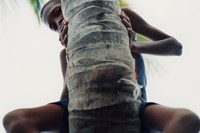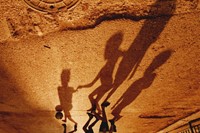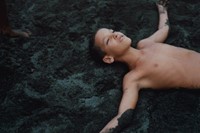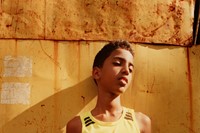Shot between 2020 and 2023, Diego Vourakis’s debut photo book captures the “love and energy that the Cubans radiate”
Photographer Diego Vourakis’s images brim with radiance and warmth – the radiance of love and the heat of the sun. De Cara Al Sol, which translates to ‘Facing the Sun’ in English, is a fitting title for his debut photo book, which features a collection of images taken in Cuba between February 2020 and April 2023. A deeply personal ode to the tenacity of the Cuban spirit, the book’s title derives from the final lines of the poem Yo quiero salir del mundo (‘I Wish to Leave the World’) by Cuban national hero José Martí: “¡Yo soy bueno, y como bueno / Moriré de cara al sol!” (“I am good, and like a good thing / I will die with my face to the sun!”)
Vourakis, who was born in Peru and emigrated to the United States at 12, has photographed campaigns for Nike, Dior, Vogue, and V Magazine. No matter the subject, his photographs invite you to look closer and take your time. De Cara Al Sol features 113 images in total, as well as text written in both Spanish and English by Vourakis. He never set out to make a book about Cuba. “Traveling there for the first time was just out of curiosity,” he says. He went with just a camera and a backpack that contained whatever clothes he could fit inside. In the text, he outlines his journey throughout the island, five locations in total: La Habana, Viñales, Trinidad, Santiago de Cuba and Baracoa. “I learned about beauty in Baracoa, in its purest form,” Vourakis writes in the book. “It exists within the people’s spirit.”
Cuba’s economy, which relies heavily on tourism, was hit especially hard by the Covid-19 pandemic. Vourakis saw this devastation firsthand when he returned for subsequent visits. “As you go down the island in Cuba, there [are] less and less resources that get to people,” he explains. “When you get to a place like Baracoa, which is all the way down [the island], they don’t get as much help.”

“I became so attached to Baracoa,” Vourakis says. The city, and country at large, immediately resonated with him, evoking his childhood in Peru. “It very quickly felt like home [in] the way that I interacted with people,” he says. “It felt like it was a piece of a puzzle.” When he returned to the United States with a library of photographs – which “carried a lot of emotions” – he kept thinking about the sense of familiarity he experienced. “I came back with so much love and energy that the Cubans radiate,” says Vourakis. “It felt wrong to use any of these images because it almost felt like I was taking something from the country and I wanted to do something about it,” he adds. “I wanted to do something that can help Cuba, and the idea of an exhibition came to mind, to be able to use these images, display them and be able to raise some funds.” In affiliation with The Cuba Foundation and Give2Cuba, 100 per cent of profits from the sales of each book will go towards the purchase of medicines, vitamins and other essentials for families and children in Cuba.
Vourakis has the ability to find beauty anywhere. Innocence, playfulness and possibility, too, especially in places where outsiders might see little or none. In Cuba, he found resilience everywhere. In a farm shed miraculously left standing after a Category 3 hurricane, for example, its walls titled, roof practically gone. “When I went inside,” writes Vourakis in the book, “beams of light shimmered through every crook in the walls, obscuring all evidence of decay.” This capturing of a glimmer of beauty is what gives the images in De Cara Al Sol their timelessness and presence. There’s a powerful formal strength to Vourakis’s photographs, too, yet that formality never overshadows the sense of strong emotion. His street photographs have the warmth of family photo albums.
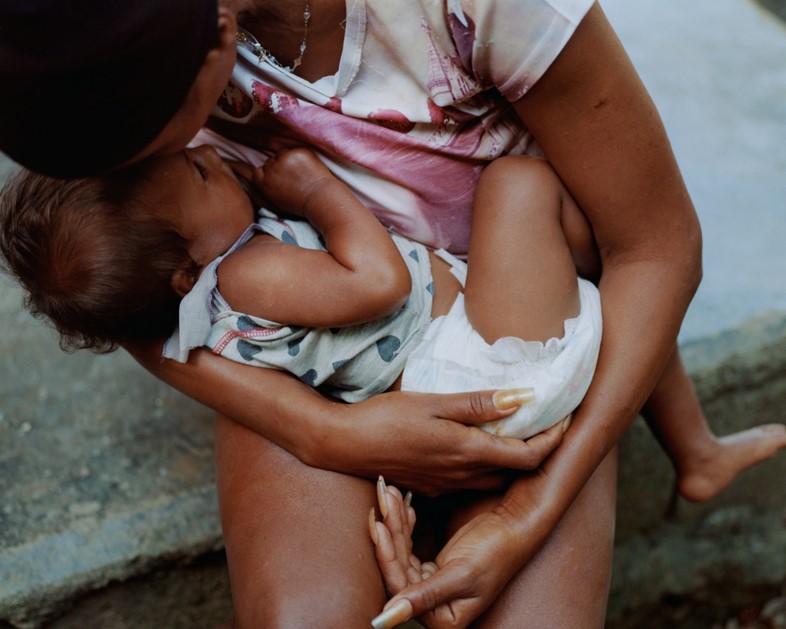
In De Cara Al Sol, Vourakis captures moments of relief: an overturned bucket to cool one’s body on a hot day, the blissful feeling of basking one’s face in the sun. Moments of movement, too, especially that of children. They leap, climb and bend, reaching for the heavens. Vourakis still talks to the families he photographed; he plans on returning to Cuba and hopes to continue the relationships he’s built. Of the children he encountered, he says simple, “They are the future ... I feel like an older brother to them in many instances.”
Photography has always been personal for Vourakis, but after working on De Cara Al Sol, it has become even more so. “I’ve been able to get a little bit closer to myself,” he says, “I’ve always been very intentional, as far as getting to know whoever is in front of me. But this has definitely evolved into something deeper. It’s changed who I am, too.” For Vourakis, Martí’s phrase “with my face to the sun” encapsulates the strength and pride of the Cuban people. “No matter what situation they’re in,” says Vourakis, “they persevere and they make the best of what they have.”
De Cara Al Sol by Diego Vourakis is published by Amile, and is out on December 1.

